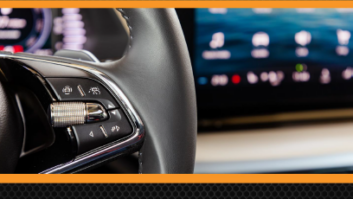The rate of HD Radio conversion has been mixed.
That’s according to FCC Audio Division Chief Peter Doyle. In an interview with Radio World here in Las Vegas, Doyle noted that 1,627 stations have converted to digital, representing some 16% of total stations.
He said he’s observed the conversion rate slow to “maybe a handful” each month, noting the poor economy likely is responsible for at least part of the change in the adoption rate. Station engineers have told Radio World that cuts in capital expenditures have meant that facilities are tackling the conversion and/or the power increase as they can. And other licensees have yet to be convinced that there’s a return on the needed financial outlay for digital radio.
We’ve reported that 225 FMs have increased their digital power level to more closely boost their coverage areas. This an area of concern for the Audio Division Chief, who said “replicating analog coverage is such an important part of this I would hope for greater broadcaster action to take advantage” of the power increase, which the agency approved last year. Now, stations that qualify to raise their HD power can simply notify the commission.
HD proponents assume many more facilities would qualify to raise their HD power if the agency approves stations’ ability to raise their digital sidebands unequally or asymmetrically in order to protect neighbor stations from potential interference. IBiquity Digital, NPR Labs, Nautel and WAMU(FM), Washington are participating at the Broadcast Engineering Conference at this show about their tests comparing symmetrical to asymmetrical HD sideband transmission and reception. The latest are field test data to confirm lab test data presented at the fall Radio Show.Several parties have told Radio World they intend to meet with the FCC after this show about the results.
— Leslie Stimson












